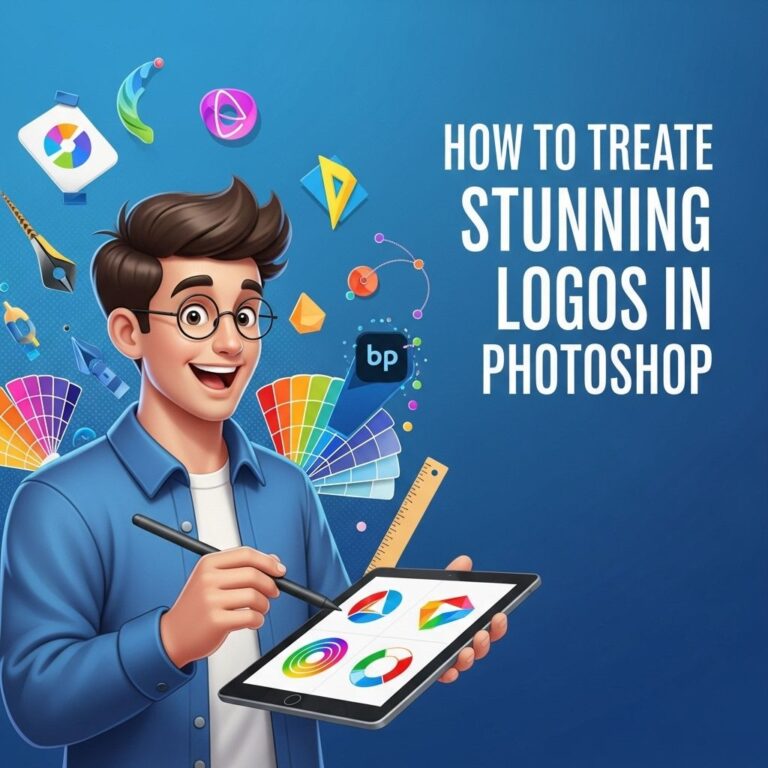Creating a standout graphic design portfolio is crucial for showcasing your skills and attracting potential clients or employers. Whether you are a seasoned professional or just starting out, a well-crafted portfolio can set you apart in the competitive world of design. In this article, we will explore ten essential graphic design portfolio templates that every creative should consider. These templates not only streamline your presentation but also highlight your unique style and expertise.
Table of Contents
1. Minimalist Portfolio Template
The minimalist design is timeless and allows your work to shine without distractions. This type of template typically features:
- Clean lines and ample white space
- Focus on typography
- Simple navigation
Minimalist templates are perfect for designers who want to emphasize their design philosophy and showcase their best works in a straightforward manner.
2. Grid-Based Portfolio Template
A grid-based template provides structure and organization, making it easy for viewers to navigate through your projects. This type of layout is beneficial for:
- Displaying multiple projects at once
- Creating a dynamic visual flow
- Highlighting various design styles and techniques
Example of a Grid Layout
| Project | Description |
|---|---|
| Brand Identity | A cohesive branding package for a new startup. |
| Web Design | Mockups for a responsive website for a local restaurant. |
| Print Materials | Business cards and brochures designed for a corporate client. |
3. Interactive Online Portfolio Template
In today’s digital age, having an interactive online portfolio can greatly enhance your visibility. Consider templates that allow for:
- Hover effects
- Clickable project thumbnails
- Embedded videos
This style engages viewers and provides a more immersive experience when showcasing your work.
4. Creative Blogging Portfolio Template
A blogging template integrated into your portfolio can be an effective way to demonstrate your thoughts on design trends, techniques, and personal insights. Features to consider include:
- A dedicated blog section
- Social media integration
- The ability to showcase written content alongside visuals
Benefits of Blogging
Blogging about your projects and design process can:
- Showcase your expertise
- Help with SEO to attract more visitors
- Engage your audience with stories behind your designs
5. Bold Color Portfolio Template
If your design style is vibrant and colorful, a bold color template can reflect your personality and creativity. Important elements to include are:
- Bright backgrounds
- Contrasting text
- Dynamic layouts
6. Photographic Portfolio Template
This template is ideal for designers who utilize photography within their work, like in branding or advertising. Key features include:
- Large image displays
- Slideshow capabilities
- Image overlays for project details
7. User Experience (UX) Focused Portfolio Template
For designers specializing in UX, your portfolio should highlight your process and methodologies. Useful features are:
- Case studies that detail project objectives and results
- Wireframes and prototypes
- User testing insights
8. Print and Digital Hybrid Template
A hybrid portfolio allows for showcasing both print and digital work. This is particularly useful for:
- Graphic designers working across multiple mediums
- Creating a cohesive narrative of your capabilities
- Providing diverse examples of your work
How to Structure Your Hybrid Portfolio
To effectively present your work:
- Segment each medium (print vs. digital)
- Provide context for each project
- Include testimonials from clients
9. Storytelling Portfolio Template
Storytelling is an effective way to connect with your audience. A template that emphasizes narrative elements will allow you to:
- Share the journey of your projects
- Include challenges faced and lessons learned
- Create emotional connections with viewers
10. Customizable Portfolio Template
Lastly, a customizable template allows you to modify layouts, colors, and typography to suit your branding. This flexibility is essential to:
- Ensure your portfolio reflects your unique style
- Easily update projects as you grow
- Experiment with different designs over time
Conclusion
Choosing the right portfolio template is a foundational step for any graphic designer. It not only serves as a platform to showcase your work but also reflects your personal brand. By considering the various styles and structures outlined above, you can select a template that aligns with your vision and effectively communicates your skills to potential clients and employers. Remember, a well-designed portfolio is your best tool in making a lasting impression in the creative industry.
FAQ
What should I include in my graphic design portfolio?
Your graphic design portfolio should include a variety of your best work, showcasing your skills, creativity, and versatility. Include case studies, project descriptions, and your design process.
How can I choose the right template for my graphic design portfolio?
Select a template that complements your style and the type of work you do. Ensure it highlights your designs effectively and is easy to navigate for potential clients.
Are there any free graphic design portfolio templates available?
Yes, there are many free graphic design portfolio templates available online. Websites like Canva, Adobe Spark, and Behance offer customizable options.
How often should I update my graphic design portfolio?
You should update your graphic design portfolio regularly, ideally every few months, to include your latest work and remove outdated projects.
What format should I use for my graphic design portfolio?
Your graphic design portfolio can be in various formats, including digital (PDF or website) or physical (printed book). Choose the format that best suits your audience and presentation.









